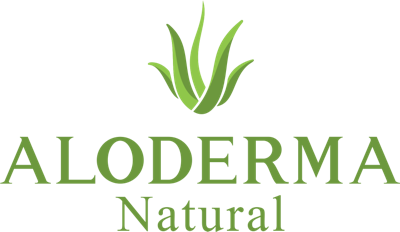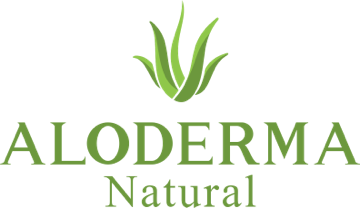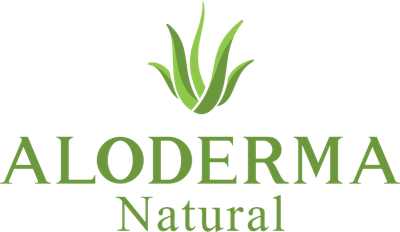
The use of Aloe Vera for rashes, itchy dry skin, allergic reactions, eczema, and related dermatitis has shown effective results as a natural soothing remedy in treatment of skin conditions throughout the centuries. Skin disorders and irritation are a recurrent and continuing issue that affects all age groups and populations from infants to the elderly. According to the National Institute of Allergy and Infectious Diseases, an agency under the National Institutes of Health, an estimated 30 percent of the U.S. population suffers from eczema alone.
IS ALOE VERA GOOD FOR RASHES AND ITCHING?
Many people who have developed skin problems have turned to natural plants like Aloe Vera as a remedy to help soothe their condition. Aloe Vera is a member of the succulent plant family. Its gel-filled leaves offer not only a natural choice, but an inexpensive, safe, and rational approach to help soothe the symptoms of skin conditions ranging from a severe rash to the itching of psoriasis or eczema. Aloe's topical application is soothing and can help nourishing and support the recovery process from irritation, blistering and itching.

HOW AND WHY IS ALOE SO EFFECTIVE ON SKIN?
Aloe Vera provides a number of benefits that make it effective against itchy skin:
Hydration - One area that may attribute to the effectiveness of Aloe Vera is a treatment for skin conditions is through hydration. The clear gel of the plant is 99% water, which consists of many antioxidants such as beta carotene, vitamin C and E, that helps keep the skin hydrated and nourished.
Healing Promotion - Relief from itching and burning is another area of effectiveness when applying Aloe Vera to the skin. Aloe Vera contains two plant hormones, auxin and gibberellins, which help support the natural wound healing process and has soothing properties. These two hormones support healing by promoting cell replication, helping wounded or cracked skin heal.
Anti-Bacterial - Aloe Vera can also assist in helping combat the formation of bacteria. One major health risk associated with atopic dermatitis, i.e., eczema, is staph infections. An estimated 60% to 90% of people afflicted with eczema are likely to have staph bacteria on their skin as a result of it. Infection develops as constant itching crates open wounds on the skin, which only worsens the atopic dermatitis. Because of the naturally anti-bacterials properties found in the naturally cooling Aloe gel, along with helping support natural healing, it can help reduce the irritation cycle of itching and scratching that is so common with eczema.
HOW TO USE ALOE VERA ON SKIN
Aloe Vera is an all-natural remedy that has been used safely for centuries. Pure Aloe Vera gel on its own is safe to apply topically (to the surface of the skin) as often as you'd like without any negative health consequences. Simply work the gel into the affected area with clean hands and you should quickly notice the soothing and relieving effects
Important note: although it is quite uncommon, some people may have an allergic reaction to Aloe Vera gel. To be sure, first time users should only apply the gel to a small area of the skin prior to broadly applying. Also, individuals taking medications or using topical applications should consult with their physician before starting to use Aloe Vera.

WHERE TO GET ALOE VERA FOR TOPICAL USE
The gel found in the Aloe vera plant’s leaves is easy to apply. One method is by plucking a mature leaf from the plant, slicing it open lengthwise, and then scooping or scraping out the gel for usage. Or you can just snap off a leaf and slowly squeeze out the gel to apply directly on the affected areas of the skin. The leftover gel can be refrigerated or frozen for future use. One inventive way to keep the harvested gel was by mixing it in a blender, and pouring the content into ice cube trays to freeze for later usage. However, be aware that this unprocessed form of aloe still contains a bitter, strong smelling yellow substance, called aloin, found in the outer leaf that can also have a strong odor and stain clothing.
If that route sounds like more work than you are up for, all ALODERMA products have removed aloin using a proprietary all natural process without the use of chemicals, charcoal filters, or enzymes, which in combination with processing leaves within 12 Hours of Harvest allows us to capture the maximum levels of natural bioactivity typically found in natural Aloe Vera.
The best way to experience the many benefits of Aloe is by purchasing a Pure Aloe Vera Gel. If you choose to buy Aloe Vera make sure it’s pure (aloe is the first ingredient on the label), isn't made from concentrates, and preferably is organic or comes from organic farms. Many Aloe-based products purchased off the shelf can contain alcohol as an added ingredient, which will further irritate any areas in question rather than helping soothe the problem area.





